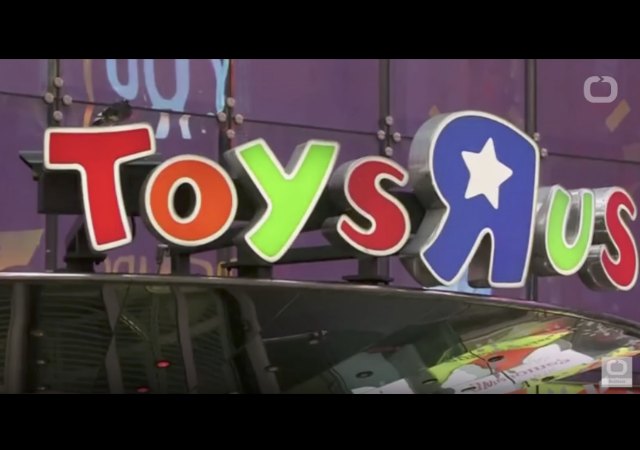Fifty Years Of Leftist Social Tinkering #Fail, Children’s Toy Preferences Remain Associated With Their Biological Sex

Despite decades of leftist social engineering, it turns out that—generally speaking—little girls most enjoy playing with dolls, while little boys most enjoy playing with toy trucks. Moreover, according to a recent study, this tendency to prefer toys associated with “traditional gender roles” has remained steady for 50 years.https://twitter.com/wil_da_beast630/status/1394784246762463236The Big Think reports:
For decades, studies have shown that boys and girls generally prefer playing with toys typically associated with their biological sex: toy trucks for boys and dolls for girls, to give a rough example.These results have remained remarkably stable over the past 50 years, according to a 2020 meta-analysis of research on gender differences in toy preferences. Published in Archives of Sexual Behavior and titled “The Magnitude of Children’s Gender‐Related Toy Interests Has Remained Stable Over 50 Years of Research,” the analysis examined 75 previous studies, 113 effect sizes, and a range of toy preference measurements.The authors, Jac T. M. Davis and Melissa Hines, found “a broad consistency of results across the large body of research on children’s gender-related toy preferences: children showed large and reliable preferences for toys that were related to their own gender. Thus, according to our review, gender-related toy preferences may be considered a well-established finding.”. . . . Davis and Hines concluded:
It may be tempting to think that social changes over time might be reducing children’s play with gender-related toys, given arguments that play with a broader set of toys would be beneficial for both boys and girls. Unfortunately, however, broad change in the social roles of men and women do not seem to have influenced children’s toy choices, perhaps because they have been counteracted by stronger marketing of different toys to girls and boys over recent time. If society wants girls and boys to play with the full range of toys, more targeted action is probably required.
. . . . But no matter what society wants, it’s worth noting that there seem to be some biological drivers behind children’s preferences for gender-typical toys.
For example, studies have shown that babies tend to prefer toys oriented to their own gender, a finding that suggests their preference is innate because they’re in the pre-socialization stage of development. Supporting that argument are studies showing that baby monkeys also display gender-typical toy preferences.
Still, it’s easy to see how social pressures might affect kids’ toy preferences as they grow up. So, the question of why kids prefer the toys that they do likely boils down to a familiar answer: a tangled mix of environmental and biological factors.
“It would be extreme to claim zero influence of biology on gender differences in toy choices, and the research community is still divided on how important biology and social factors are,” Davis told Big Think.
The nature of the study apparently is limited to toys that are made and marketed for each gender, so the researchers don’t focus on toys that I think of as gender-neutral, like the Lincoln Logs, science kits, Spirograph, and Lego sets that I, as a little girl, loved just as much as my doll carriage (that I typically loaded up with books, not dolls) and my Easy Bake Oven.
It might be interesting, and in many ways more illuminating, to see a study on the ways that little girls and little boys play with these and other gender-neutral toys. For example, do little boys build Lincoln Log “forts” to defend, while little girls build little towns, fairy princess castles, or shopping malls? Do little girls build pretty Lego artistic designs and “homes,” while boys build Lego monsters and killer (or just cool) robots? Do little girls use their Spirograph to create pretty flowers in pinks and purples, while little boys use theirs to create “death stars” in darker color combinations?
Wouldn’t we learn more about how much biology vs. social conditioning affect play if we looked at how girls and boys play with toys that don’t come with as much gendered social and marketing baggage?
But I digress. It seems pretty unsurprising that children, even after decades of leftist attempts to “de-girl” and “de-boy” them, prefer toys that reflect traditional gender roles associated with their biological sex.
What I don’t quite see is why this is a “problem” the regressive left wants to “fix.”
People have thoughts.
CLICK HERE FOR FULL VERSION OF THIS STORY